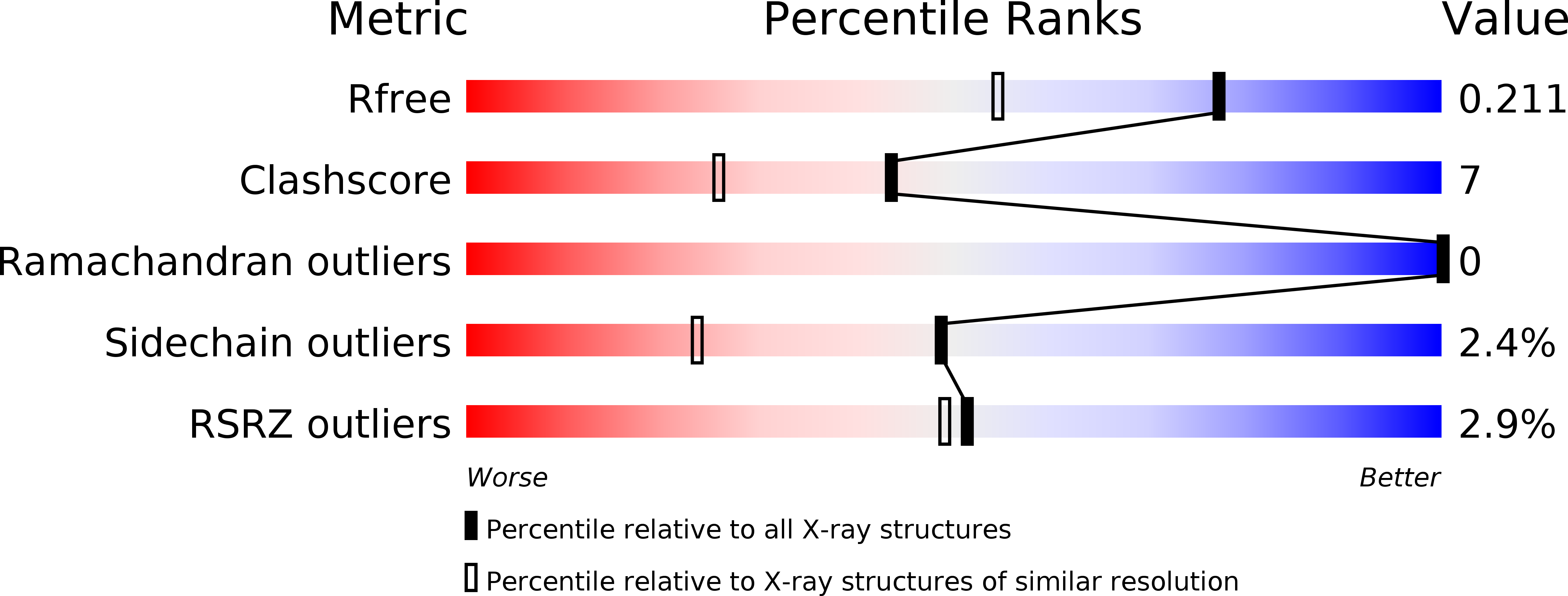
Deposition Date
2012-04-26
Release Date
2013-07-31
Last Version Date
2024-02-28
Entry Detail
PDB ID:
4EW2
Keywords:
Title:
The structure of human glycinamide ribonucleotide transformylase in complex with 10S-methylthio-DDATHF.
Biological Source:
Source Organism:
Homo sapiens (Taxon ID: 9606)
Host Organism:
Method Details:
Experimental Method:
Resolution:
1.60 Å
R-Value Free:
0.21
R-Value Work:
0.18
R-Value Observed:
0.18
Space Group:
P 65 2 2


